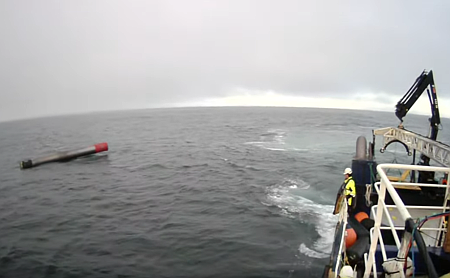SpaceX and Rocket Lab complete launches
Both SpaceX and Rocket Lab successfully completed launches today. First SpaceX launched another 23 Starlink satellites, its Falcon 9 rocket lifting off from Cape Canaveral. The first stage completed its ninth flight, landing on a drone ship in the Atlantic.
Shortly thereafter, Rocket Lab’s Electron rocket lifted off from one of its launchpads in New Zealand, placing two technology demonstration satellites in orbit, one testing a solar sail from NASA and the other from South Korea testing a cubesat doing optical observations of Earth. Though the first stage had the markings of a stage designed for resuse, there was no indication in the company’s live stream of any attempt to recover it.
The leaders in the 2024 launch race:
42 SpaceX
16 China
6 Russia
5 Rocket Lab
American private enterprise now leads the rest of the world combined in successful launches 49 to 28, while SpaceX by itself still leads the rest of the world, including other American companies, 42 to 35.
Both SpaceX and Rocket Lab successfully completed launches today. First SpaceX launched another 23 Starlink satellites, its Falcon 9 rocket lifting off from Cape Canaveral. The first stage completed its ninth flight, landing on a drone ship in the Atlantic.
Shortly thereafter, Rocket Lab’s Electron rocket lifted off from one of its launchpads in New Zealand, placing two technology demonstration satellites in orbit, one testing a solar sail from NASA and the other from South Korea testing a cubesat doing optical observations of Earth. Though the first stage had the markings of a stage designed for resuse, there was no indication in the company’s live stream of any attempt to recover it.
The leaders in the 2024 launch race:
42 SpaceX
16 China
6 Russia
5 Rocket Lab
American private enterprise now leads the rest of the world combined in successful launches 49 to 28, while SpaceX by itself still leads the rest of the world, including other American companies, 42 to 35.

